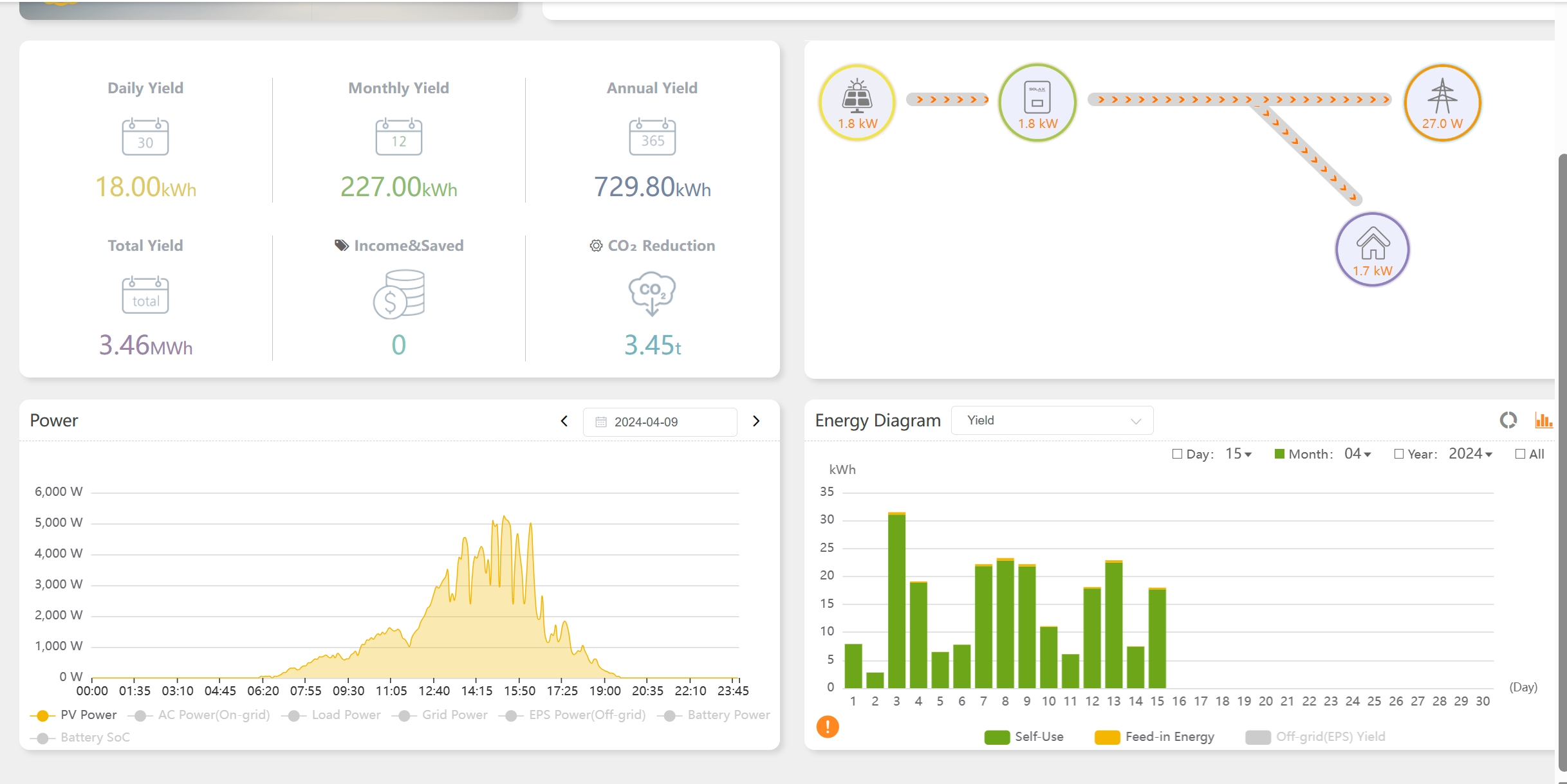Solcellspark
Bidra till övergången till en värld utan fossila bränslen genom att bygga, arrendera eller teckna elavtal genom våra tjänster.
Fyll i dina uppgifter så ringer vi dig.
Customer Case Study: Solar Panels with vs. Without Tracking System
Introduction: In this case study, we will examine the performance and benefits of solar panels equipped with a tracking system compared to those without tracking capabilities. We will analyze data from a real-world installation to highlight the differences in energy production, efficiency, and return on investment (ROI).
Background: The solar energy industry has seen significant advancements in technology, including the development of solar panel tracking systems. These systems allow solar panels to adjust their orientation throughout the day to maximize exposure to sunlight, thereby increasing energy production.
Case Study Details:
- Location: The solar panel installation is located in a sunny region in Stockholm with high solar irradiance.
- System Configuration: Two identical solar panel arrays were installed side by side. One array is equipped with a tracking system on the ground (Tracking System A), while the other has fixed panels on the roof (Fixed System B).
- Data Collection: Energy production data, including daily output and cumulative energy generation, were collected over a period of one year for both systems.
Tracking System A

Fixed System B
Results:
-
Energy Production:
- The solar panels equipped with the tracking system (System A) consistently outperformed the fixed panels (System B) in terms of energy production.
- System A exhibited higher energy yields throughout the day, with peak production occurring during optimal sunlight conditions.
- On average, System A produced more energy compared to System B over the course of the year.
-
Efficiency:
- The tracking system allowed System A to maintain optimal alignment with the sun, resulting in higher overall efficiency.
- Despite variations in weather and solar conditions, System A consistently operated closer to its maximum efficiency potential compared to System B.
-
Return on Investment (ROI):
- While the initial investment for System A (including the cost of the tracking system) was very little bit higher than for System B, the increased energy production led to a shorter payback period.
- The higher energy yields of System A translated to greater savings on electricity bills over time, resulting in a higher ROI compared to System B.
Conclusion: Based on the data collected and analyzed in this case study, solar panels equipped with a tracking system demonstrate superior performance and efficiency compared to fixed panels. The tracking system enables increased energy production, higher efficiency, and ultimately a better return on investment for solar energy system owners.
Recommendation: For customers seeking optimal energy output and faster returns on their investment, we recommend investing in solar panels with tracking systems. While the initial cost may be higher, the long-term benefits in terms of energy savings and ROI make it a worthwhile investment.
This case study serves as a testament to the effectiveness and advantages of solar panel tracking systems in maximizing solar energy production and efficiency. Contact us for more details information.
Utveckla ditt projekt med oss
Genom att skapa och förvalta stora solenergiprojekt kan vi samarbeta för att minska ditt företags koldioxidavtryck och säkra tillgången till pålitlig och konkurrenskraftig solenergi.
Specialiserade på parker
Vi specialiserar oss på utveckling och konstruktion av solparker i Europa och har fullständig kontroll över hela processen.

